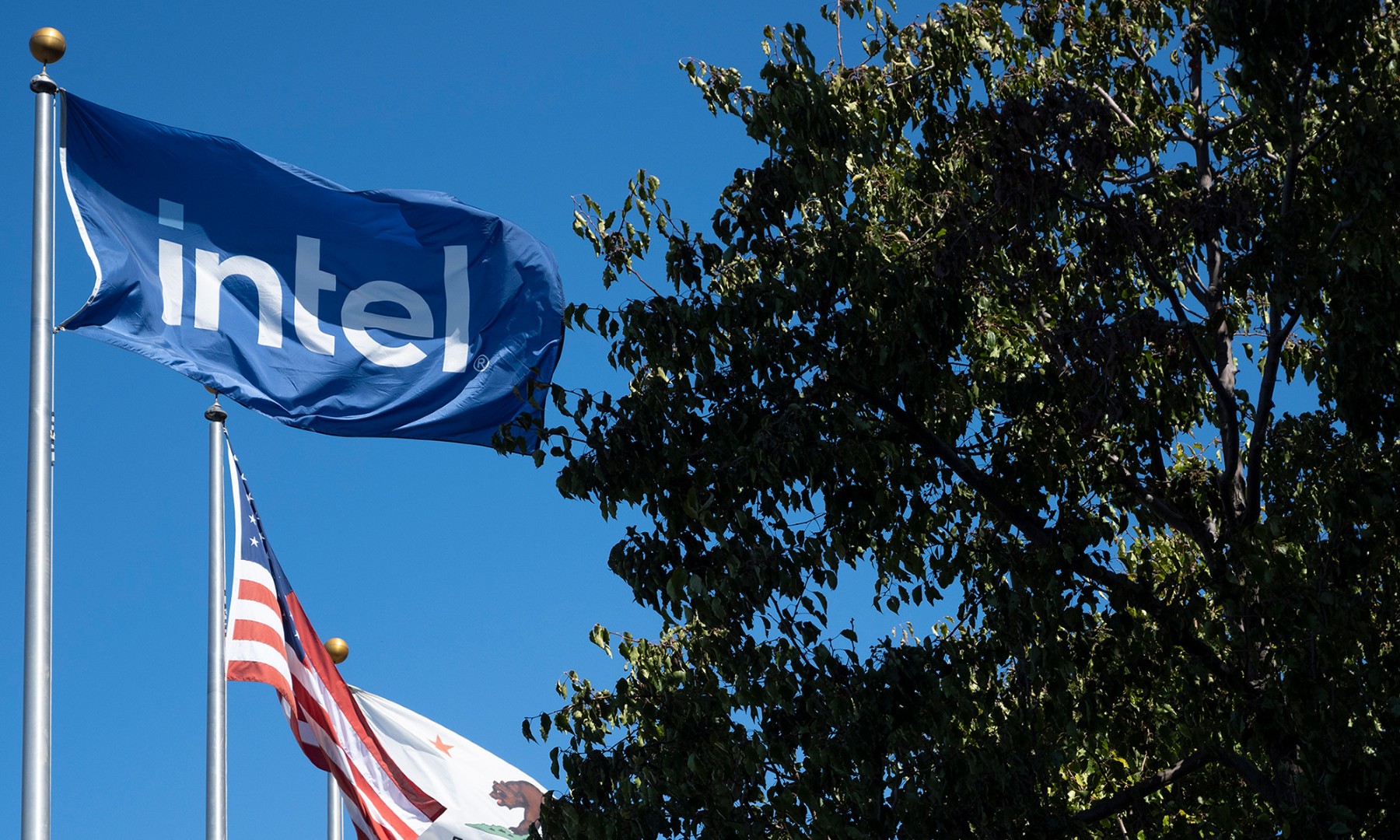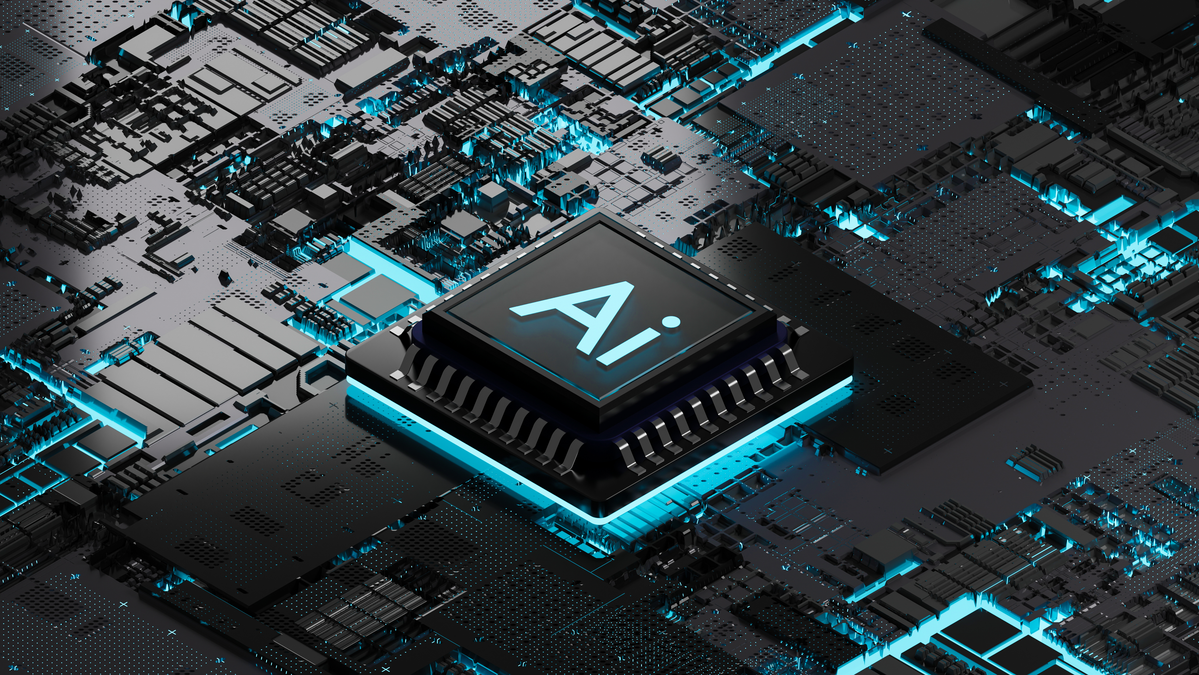This article was updated on Oct. 9, 2016, and originally published on Aug. 29, 2015.

Image source: Intel.
There are plenty of new technologies swirling around in the tech sector at any given time. In the not-too-distant past many were buzzing about near-field communication, or NFC, and the hype around it wasn't without its merits.
NFC technology allows you to use devices like Apple's latest iPhones to pay for point-of-sale purchases by sending a wireless signal from the phone to a contactless payment system. Apple was notably late to adopt NFC, but the company helped keep the technology relevant by adding it into some of its devices.
But things change very quickly in the tech world. That's why it's worth investors knowing a bit about one of the next big things driving innovation: Internet of Things systems on a chip, or SoC. These small, and sometimes powerful, integrated chips are bringing everyday objects firmly into the Internet of Things.
What are SoCs?
SoCs aren't any specific technology, but rather a combination of other technologies packed into one small platform, and they've been around far longer than the IoT.
Essentially, SoCs integrate things like sensors, bluetooth radio, NFC, and low-energy processors to power small devices so they can collect and analyze data. They vary in size, connectivity features, and processing power based on which type of devices they'll be used for. Companies have used SoCs in some mobile devices for years, but the IoT is making them even smaller.
Here's what a McKinsey 2014 report had to say about SoCs' impact on the Internet of Things:
A new class of components will be required to address this opportunity: system on a chip-based devices produced specifically for the Internet of Things, with optimal power and connectivity features and with sensor integration.

Samsung's 12mm Artik 1. Source: Samsung.
And the major tech companies are already focusing on this. In 2015, Samsung (NASDAQOTH: SSNLF) debuted three versions of its new Artik SoC, each with varying degrees of power and connectivity. The smallest Artik SoC, is just 12mm in size but boasts a nine-axis motion sensor, and the largest chip has an octa-core processor, 2GB of RAM and 16GB of storage, with the ability to connect wirelessly through Wi-Fi and Zigbee.
With Artik, Samsung wants to bring SoCs to big and small companies, with the eventual goal of having all its products focus on the Internet of Things. Samsung has said that by next year it will have about 90% of its products connected to the Internet of Things.
Similarly, Intel (INTC 0.67%) has its Quark SoC, which is used to power low-power sensors for IoT devices. Intel showed off the latest version of its Quark SoC, with the new Curie module, at its Developer Forum in 2015.
Intel put the sensor modules, running the Quark SoC, on BMX bike handles and seats to track how high riders jumped, the length of their spins, and even the angle of their landings. The goal for Intel is to bring its SoCs into more wearable technology, and the company's started partnerships with Oakley and other companies to make that happen.
And graphics processing unit (GPU) maker NVIDIA (NVDA 1.33%) is betting on its SoCs to help the company benefit from the growing driverless car market. The company recently debuted its new Xavier SoC, which is used in the company's Drive PX self-driving computer. NVIDIA said the new SoC can handle 20 trillion operations per second, uses less power than its previous SoC, and just one new chip can replace the need for dual mobile SoCs and dual discrete GPUs in a Drive PX 2 computer.
Why you can't ignore SoCs
According to IDC, the market size for the Internet of Things will be $7.1 trillion by 2020, and Cisco Systems estimates that 50 billion things will be connected to the Internet by that time. And in case you think that technology companies are just talking about IoT's potential for their own benefit, consider that General Electric says that the Internet of Things could add $15 trillion to the global GDP by 2030.
But to get there, companies will need to integrate processors and sensors into more and more devices -- and that'll only happen as tech companies create smaller, better, and more powerful SoCs. As McKinsey noted, "First-generation chips are already on the way, although it will probably be a few generations before chips can deliver all the functionality required." That means we haven't even seen some of the best systems on a chip to hit the market. But they're clearly on the way, and they'll change the way we interact with nearly everything around us.






